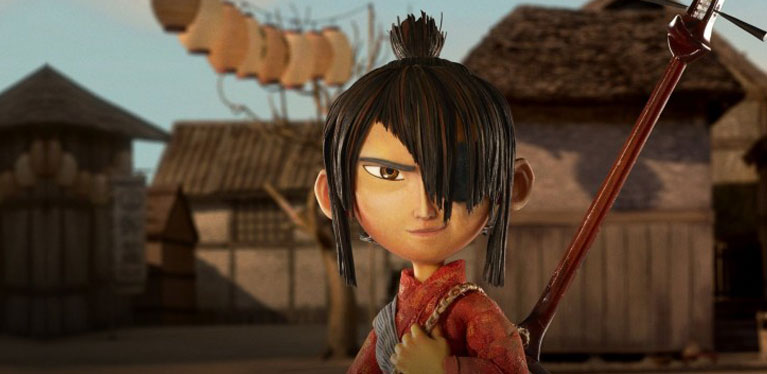The Teenage Mutant Ninja Turtles are the latest superheroes to hit the big screen. The four brothers: Leonardo, Donatello, Raphael and Michelangelo originally hit the theaters in 1990. They returned in 1991 with Teenage Mutant Ninja Turtles: Part 2, with the third part in the trilogy being released in 1993. This summer, they are back with their fourth film and they go to work to save the people of New York City from Shredder and his foot clan. Actress Megan Fox, who plays the part of reporter April O’Neil, explains it, “the animation, special effects and 3D are nothing short of amazing.”
[youtube]https://www.youtube.com/watch?v=VZZ0PnDZdZk[/youtube]
Teenage Mutant Ninja Turtles Official Teaser Trailer #1 (2014), Rotten Tomatoes Trailers
Producer Micheal Bay spares no expense in utilising new technology to mesh with thrilling CGI action sequences, giving more than just a facelift to the turtles themselves. Armed with the sophisticated motion capture system of special effects company, Light & Magic, which required the performers to wear skin-hugging body suits and head-gear equipped with tiny high definition cameras, the thrust in the direction of true photorealist design of the movie has brought unprecedented results. The CGI characters look more hulky and robust, aptly looking more like the products of genetic mutation as compared to their rubbery 1990s counterparts.
Special effects companies Image Engine and Hybride VFX, among many others, worked hard to adjust changes in body movement. Performances were scientifically captured and were incorporated into the digital creature. In the middle of this, designers added artwork that would allow for suitable transitions when the characters were walking or displaying emotions. For example, with Michelangelo’s character, his funny temperament and droopy eyes needed a different set of transition in the way his eyes would move as compared to the more serious Raphael. Nostrils have been added to the new characters and show apt transitions coinciding with moods such as anger or sorrow.
Designer Pablo Helman, who worked on the VFX of the film, explains it perfectly, “one of the reasons why we have been able to create photorealistic animation is because we paid attention to how the characters arrive at a particular emotion. For instance, if you have somebody that is about to tell a joke, it’s great to see that person and the sparkle in their eye, and then the mouth reacts.”
As opposed to the 1990s trilogy, the movie will also feature Kraang, an alien, super brain villain, and Rocksteady and Bebop, Shredder’s old henchmen from the 1980s hit cartoon serial.

